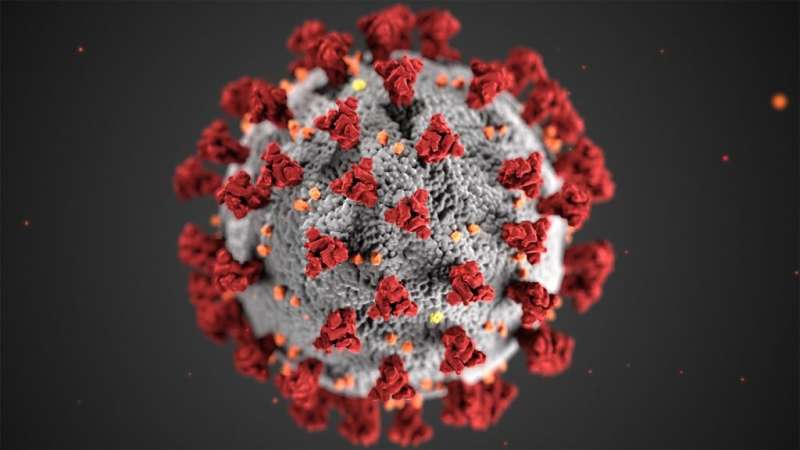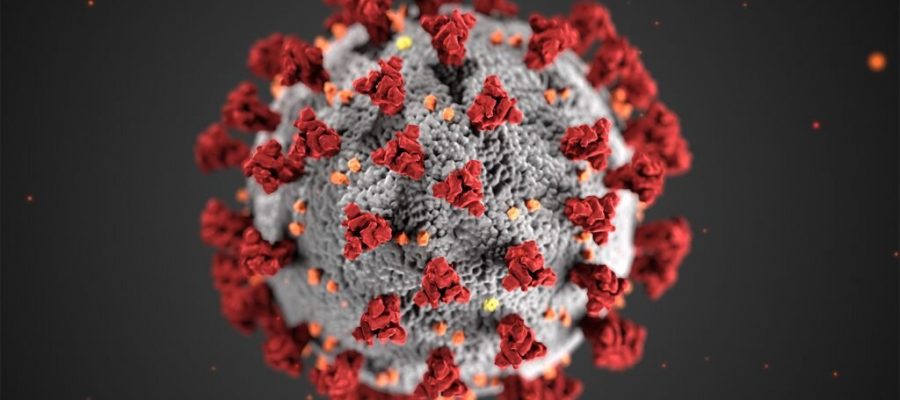
Researchers from North Carolina State University identified and addressed a flaw in a commonly used pandemic model that can cause the model to severely underestimate disease spread. By modifying parts of an existing model, the researchers substantially improved its accuracy when compared to real world data on the spread of the COVID-19 omicron variant.
When public health experts want to predict the spread of infectious diseases such as COVID-19, they use a mathematical model known as a compartmental model. These models segment a population into different groups, or compartments, based on disease status: susceptible, exposed, infected and removed. Each group has an equation associated with it, and each equation contains certain parameters. By filling in the values for each parameter within the equations and solving the compartmental model, health officials create a forecast of disease spread.
One of the most important parameters in a stochastic compartmental model is contact rate, which (roughly speaking) quantifies on average how many people an individual comes into contact with at a particular time. This parameter is also one of the most difficult to measure, due to its uncertainty: no one really knows how many contacts each person in the model might make on a given day. What is more, this number of contacts per day is not constant, but fluctuates over time.
“One of the biggest challenges in modeling is dealing with uncertain parameters,” says Mohammad Farazmand, assistant professor of mathematics at NC State and corresponding author of the research.
“One way that models deal with these uncertainties is to add random fluctuations, or noise, to the model so that the parameter value fluctuates just as it would in the real world. But we found that doing so doesn’t reproduce reality as well as we thought.”
When Farazmand and postdoctoral researcher Konstantinos Mamis compared a standard stochastic compartmental model of the COVID-19 omicron variant to actual data from the Johns Hopkins University COVID-19 database, they found that the model under-predicted disease spread. More strikingly, the higher the uncertainty, that is, the more noise added to the model, the less severe the pandemic appeared.
So Farazmand and Mamis looked at why this might be the case. They found that the flaw was in the type of noise, or uncertainty, being added to the model.
“Simply put, the old model uses ‘white noise’ which is uncorrelated in time—the fluctuations are completely random,” Farazmand says. “In the real world, the contacts you make today affect the ones you make tomorrow. For example, if you attend a dinner party with your 10 closest friends today, you will likely not do the same tomorrow. So your contact rate changes based upon what you did yesterday.
“If instead you make reasonable assumptions about an individual’s contacts, and model your uncertainty on that, the noise you add to the model is correlated in time and the results map better to reality.”
Fortunately, a correlated process that does just that already exists—the Ornstein-Uhlenbeck process. When Farazmand applied the Ornstein-Uhlenbeck process to the model, the model’s forecast mapped much more closely to actual data around the omicron variant’s spread.
In a head-to-head comparison of the two models with 60% uncertainty, the flawed (old) model underestimated the number of cases by 20%. The revised model, which incorporates the Ornstein-Uhlenbeck process, had only a 4% error rate.
“In situations where a disease is spreading rapidly, a 20% underestimation could result in health care providers being underprepared and overwhelmed,” Farazmand says.
“But adding correlated noise gives you more reasonable forecasts that map well to data. Our work shows the need for temporal correlations when modeling uncertainty with stochastic compartmental models. This also indicates the need for further empirical studies that quantify the correlations in the contacts of individuals.”
The research appears in Proceedings of the Royal Society A.
More information:
Konstantinos Mamis et al, Stochastic compartmental models of the COVID-19 pandemic must have temporally correlated uncertainties, Proceedings of the Royal Society A: Mathematical, Physical and Engineering Sciences (2023). DOI: 10.1098/rspa.2022.0568
Journal information:
Proceedings of the Royal Society A
Source: Read Full Article
